james baldwin, korean avant garde, and nyc
what do james baldwin and korean experimental art have in common? let's find out :)
PRELUDE
Hello hello! Today we’re looking at James Baldwin and an experimental Korean avant-garde artist Lee Kun-Young, whose art I saw at the Guggenheim last year in an exhibit titled “Only the Young: Experimental Art in Korea, 1960s–1970s.”
Photo by Millicent Cho, me at Guggenheim last fall!
Guggenheim on “Only the Young: Experimental Art in Korea, 1960s–1970s”
This essay (like my previous post about Patti Smith and Andy Warhol) was also written for a course called “Writing New York”, which aims to explore the relationship between the urban experience and artistic form, by studying the literary imagination of identity and community that emerged during the transformation of New York City post-WWII. What I found most interesting about Baldwin and Lee were that both of them were reacting to a post-War world society and employ the idea of locating oneself, liminality, and environment as a way to react to a post-World War society.
Many of the photos are by Fred W. McDarrah, who captured icons such as Bob Dylan at his first New York show, Jack Kerouac and Allen Ginsberg at Greenwich Village house parties, and Andy Warhol working in his studio. Photographing key moments of the New York gay liberation movement and the explosive and vibrant culture of downtown New York, McDarrah was the first photo editor and for decades the only staff photographer of The Village Voice. I would highly recommend checking out more of his work!
SMALL BITES
And before we begin, here’s a few recommendations for this week!
🐝 The Land of Milk and Honey by C Pam Zhang (novel)
In this novel, as the nearly the entirety of the world’s crops are destroyed by smog that covers the planet, a young chef finds herself invited to cook for the super elite and rich in a secret research community hidden in the Italian alps. It’s been a while since I’ve read a dystopian novel, but I very much enjoyed the beautiful descriptions of the food and landscape as well as the complex relationships the protagonist has with her mysterious boss and his daughter, a geneticist who leads the mountain’s research program breeding rare and even extinct varieties of plants and animals. What is initially a sensual exploration in the pleasures of food is called into question the ethics, classism, and price we pay for such luxuries…
🎶 Jazz (music)
I’ve been exploring a lot more jazz since I’ve lately been finding a lot of pop music distracting when working or reading. Lately I’ve been into 60’s Italian Film Jazz and 70s Japanese Jazz that veers closer to Funk territory. But today I share a classic Bossa nova song from Antônio Carlos Jobim.
🍂 Embracing Autumn (concept)
I don’t know about you but I’m so over summer.
WORDS
A young artist active at the height of the Korean experimental avant garde art movement of the 70s, Lee Kun-Young, drew a circle on the ground. Lee moved in and out of the drawn circle repeatedly. Inside the circle, he spoke the word “here.” Outside, he said “there.” Around the circle he repeated “where” before leaving the scene altogether. In this performance art titled Logic of Place, Lee defined the positions of “here” and “there” by his words, according to his movements. Lee reimagined the way his body and his movements created a new relationship between his body and place, while clueing us into how language can be used to differentiate contexts. The repetition of his mundane, simple actions redefined the action entirely, creating new meaning on how movement can be understood over time. By recording the motions of his body in real time and through a series of photographs, he revealed the relationship between an artist, space, and audience. In his novel Another Country, Baldwin similarly examines this relationship through the literary form, bringing life to the textures of urban life. As he maps the trajectory of Rufus and characters in his social circle against the backdrop of post-war New York counterculture and bohemian lifestyles, with a frankness towards sexuality, violence, interracial relationships, and general confrontation of the mass culture of this time, he allows the reader to discover alongside the characters an understanding of and configuration of their identity in regards to locational positioning. Through movement and reorientation of the body, Baldwin creates a new perception of space, relationship, and thus the sense of identity and belonging.
Through the use of free indirect discourse allows Baldwin to move through spaces with more freedom, without the impediment of a character solely tied to the present physical location or time. The free flowing passage of an unknown third-person narrator additionally allows Baldwin to reach into the interior lives of the characters, their inhabitants of the environment, and their memories without breaking the linear timeline of events. Through memories, Baldwin contrasts the characters’ struggles of their inability to connect to one another and their search for love and intimacy in their lives. With the ability to move across the environment with ease, Baldwin offers the reader locational cues that orient the characters, particularly looking out through windows, standing on balconies, and looking out over engulfing vistas. As the story unfolds, we witness the cityscape through the eyes of present-day Rufus, who grapples with the enormity of the metropolis. The first line of the novel “He was facing Seventh Avenue, at Times Square” immediately and directly places the reader with a subject and location with an overwhelming connotation (Baldwin 1).
Photo by Dave Pickoff from Associated Press
The novel goes on to describe present-day Rufus observing the immensity of the city, describing how “Beneath them Rufus walked, one of the fallen–for the weight of this city was murderous–one of those who had been crushed on the day, which was every day, these towers fell. Entirely alone, and dying of it, he was part of an unprecedented magnitude” (Baldwin 2). In this moment, we witness Rufus as an isolated figure, emblematic of the collective struggle within an unforgiving urban landscape. By physicalizing through weight the environment that/ the characters inhabit, Baldwin brings us into the immersive experience that allows us into the interior lives of the characters. Furthermore when Rufus meets Leona and takes her to a friend’s party, they stand over a balcony together. Baldwin noticeably begins to foreshadow and later reshapes Rufus’s relationship with the water and eventual suicide, Rufus standing “directly before and beneath them stretched the lights of the Jersey shore. He seemed, from where he stood, to hear a faint murmur coming from the water” (Baldwin 17). Similarly, as Rufus moves toward Leona, she is described as “...staring up the river, toward the George Washington Bridge” (Baldwin 17). Like Rufus, Leona is stationed squarely in front of an emblem of New York City. The stationary positions and elements of the city captivate the characters and establish the confrontation of the residents of the city and the grueling landscape.
Photo by Fred W. McDarrah. Demonstrators in Front of Stonewall Inn on Christopher Street in 1969.
Throughout the novel objects and locations acquire a meaning projected upon by an observer or a group of observers. A collective places the object into a relationship with the object and the memory of such an object, as seen when Rufus returns from the navy and “... he had brought back from one of his voyages an Indian shawl for Ida… seeing that she was no longer merely his younger sister but a girl who would soon be a woman, she became associated with the colors of the shawl, the colors of the sun, and with a splendor…” (Baldwin 8). Early in the novel, Baldwin introduces an example of items associated with transformation, although it more commonly appears through a physical location. The undercurrent theme of change or the characters’ inability to appear through this shawl that alters the way Rufus sees his sister. This moment additionally starts to raise an important understanding of the observer and subject. To mark the stationary positions and still objects on a spatial map is to take notice and observe, but reversely one is always being perceived and observed by oneself and others.
Photo by Fred W. McDarrah. The Velvet Underground performing in 1966. The backdrop is the eye of the singer and songwriter Nico.
But ultimately movement defines and reveals Rufus's inability to cope within a city constantly in motion. When Vivaldo and Rufus reunite in the present they enter a bar the patrons are described as “These several histories were camouflaged in the jargon which, wave upon wave, rolled through the bar; were locked in a silence like the silence of glaciers” (Baldwin 72). Baldwin contrasts the rolling of waves with the stillness of glaciers, revealing Rufus’s mental state and contradictory inner turmoil he faces. On the train platform prior to Rufus’s demise, the cacophony of the subway station draws Rufus’s attention as the novel describes how “he moved toward the turnstile, other people came, rushing and loud, pushing past him as though they were swimmers and he nothing but an upright pole in the water” (Baldwin 84). The scene goes on to draw up Rufus’s memory as a young child and his fear of letting go of his mothers hand in fear of the train and hectic flow of people. However, in the present day, he finds himself connected to the past and distanced from the other subway riders, “He stood on the platform now, alone with all these people, who were each of them alone, and waited in acquired calmness, for the train” (Baldwin 85). As the novel observes the conditions of Rufus’s body and trajectory of his path over time, Rufus continually struggles between remaining stationary and moving forward physically or emotionally, constantly at odds with himself. In the final moments with Rufus, Baldin employs visceral description of the elements to describe the scene such as “... [Rufus] did not see the water. He felt it, he smelled it. He thought how he had never before understood how an animal could smell water” and “the wind tore at him, at his head and shoulders…” (Baldwin 87). He positions himself, but ultimately the novel describes the wind as taking him further, underscoring Rufus’s inability to cope within the city’s harsh environment or constant movements of defining and redefining himself.
Photo by Fred W. McDarrah. A photograph of Robert Rauschenberg, 1961.
The experience of New York City depicted in Baldwin's Another Country is one of constant navigation, exploration of space, and the complex interplay between people and their environment. Baldwin's narrative allows readers to delve into the characters' inner lives and their relationship with the city. Through contrasting movement and stillness, Baldwin captures the essence of urban life, revealing how the city shapes its inhabitants' identities and experiences. The novel provides a profound exploration of the dynamics between individuals, their surroundings, and the ever-changing landscape of New York City.
Photo by Fred W. McDarrah. The demolition of an artist’s studio on Greenwich Avenue in 1960.
Hope you have a fabulous day!
Skylar xx
![[banchan]](https://substackcdn.com/image/fetch/$s_!bzBv!,w_80,h_80,c_fill,f_auto,q_auto:good,fl_progressive:steep,g_auto/https%3A%2F%2Fsubstack-post-media.s3.amazonaws.com%2Fpublic%2Fimages%2F4020a6b2-7d75-439c-8957-0777f2e5fe65_1200x1200.png)

![[banchan]](https://substackcdn.com/image/fetch/$s_!bzBv!,w_36,h_36,c_fill,f_auto,q_auto:good,fl_progressive:steep,g_auto/https%3A%2F%2Fsubstack-post-media.s3.amazonaws.com%2Fpublic%2Fimages%2F4020a6b2-7d75-439c-8957-0777f2e5fe65_1200x1200.png)

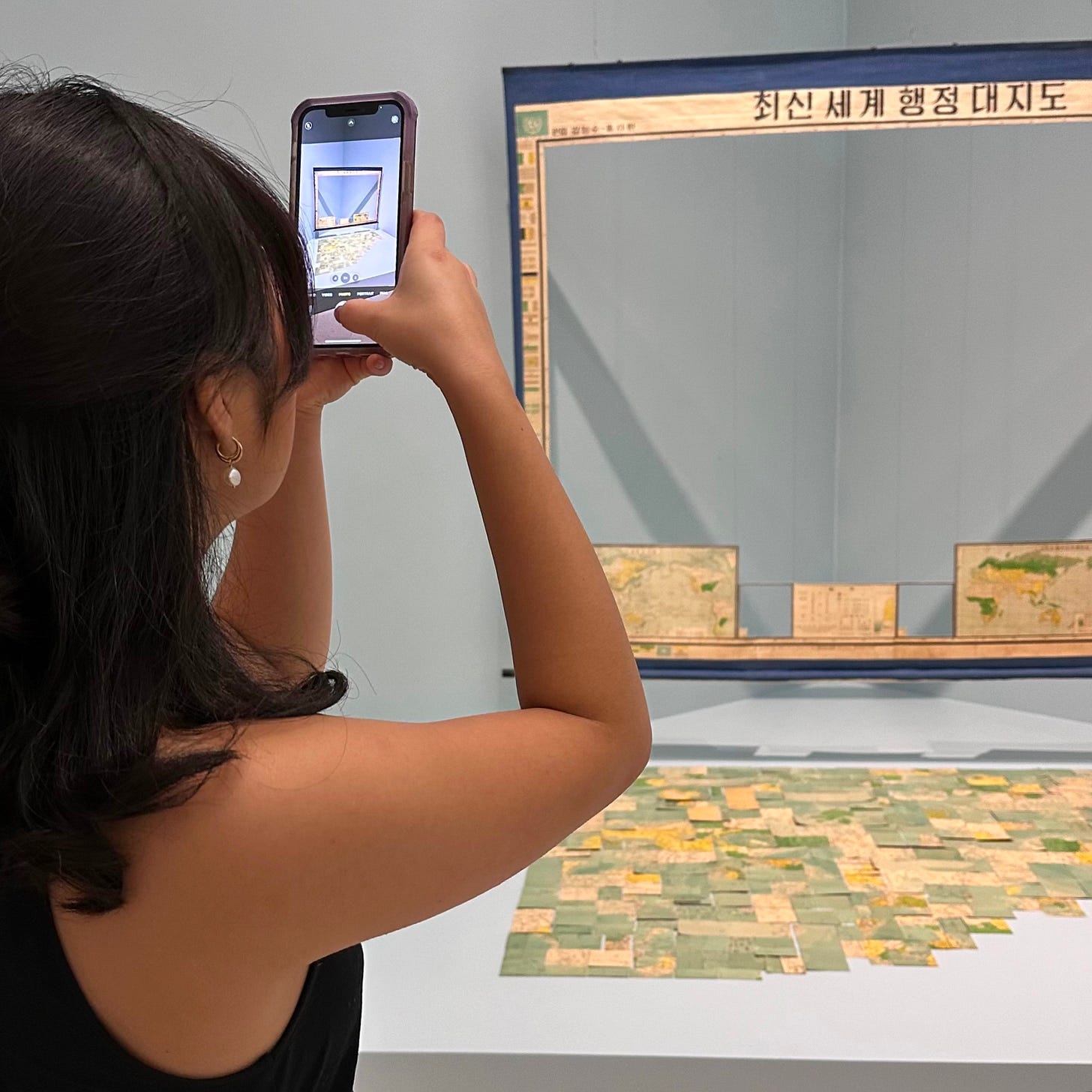

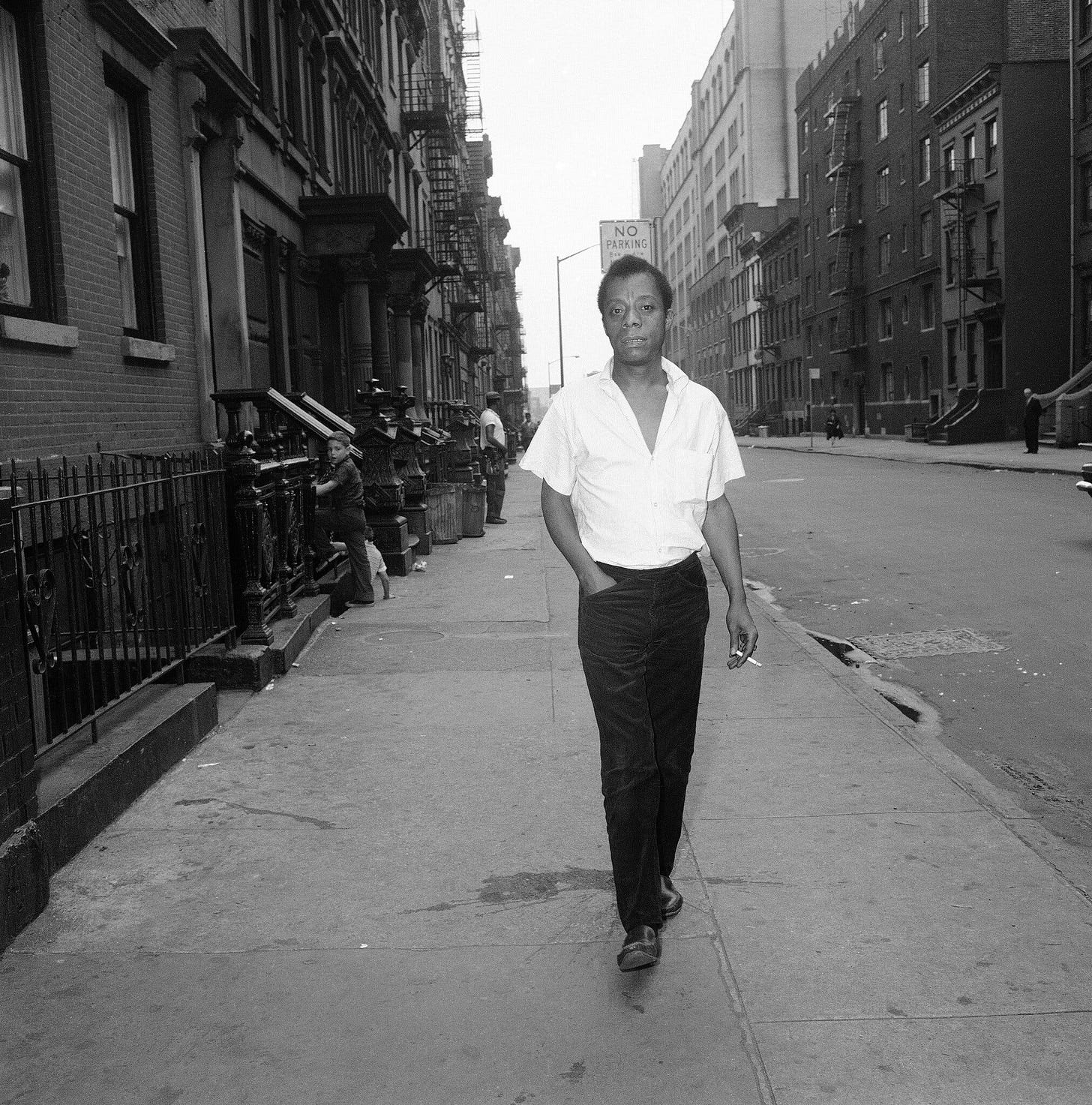
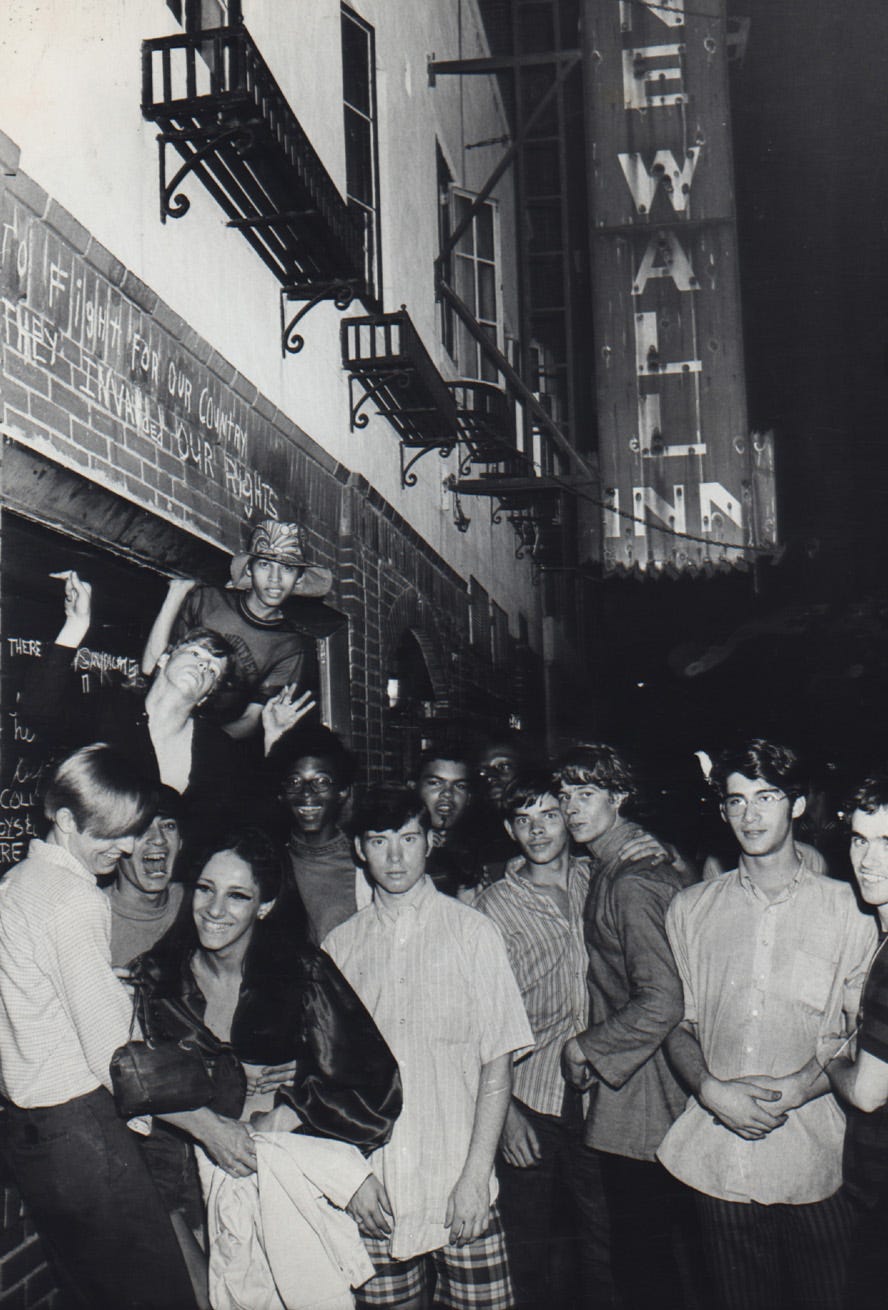
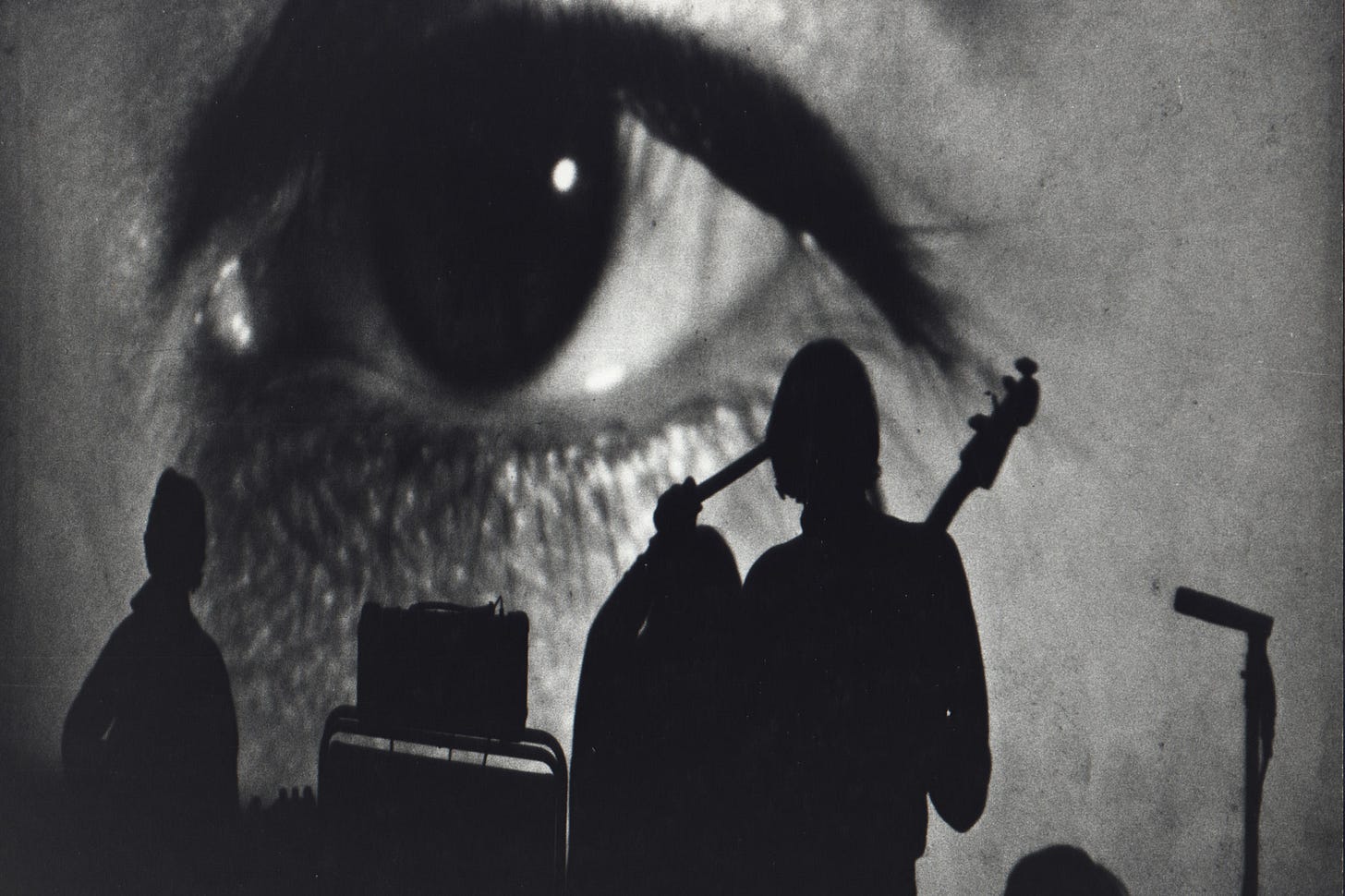
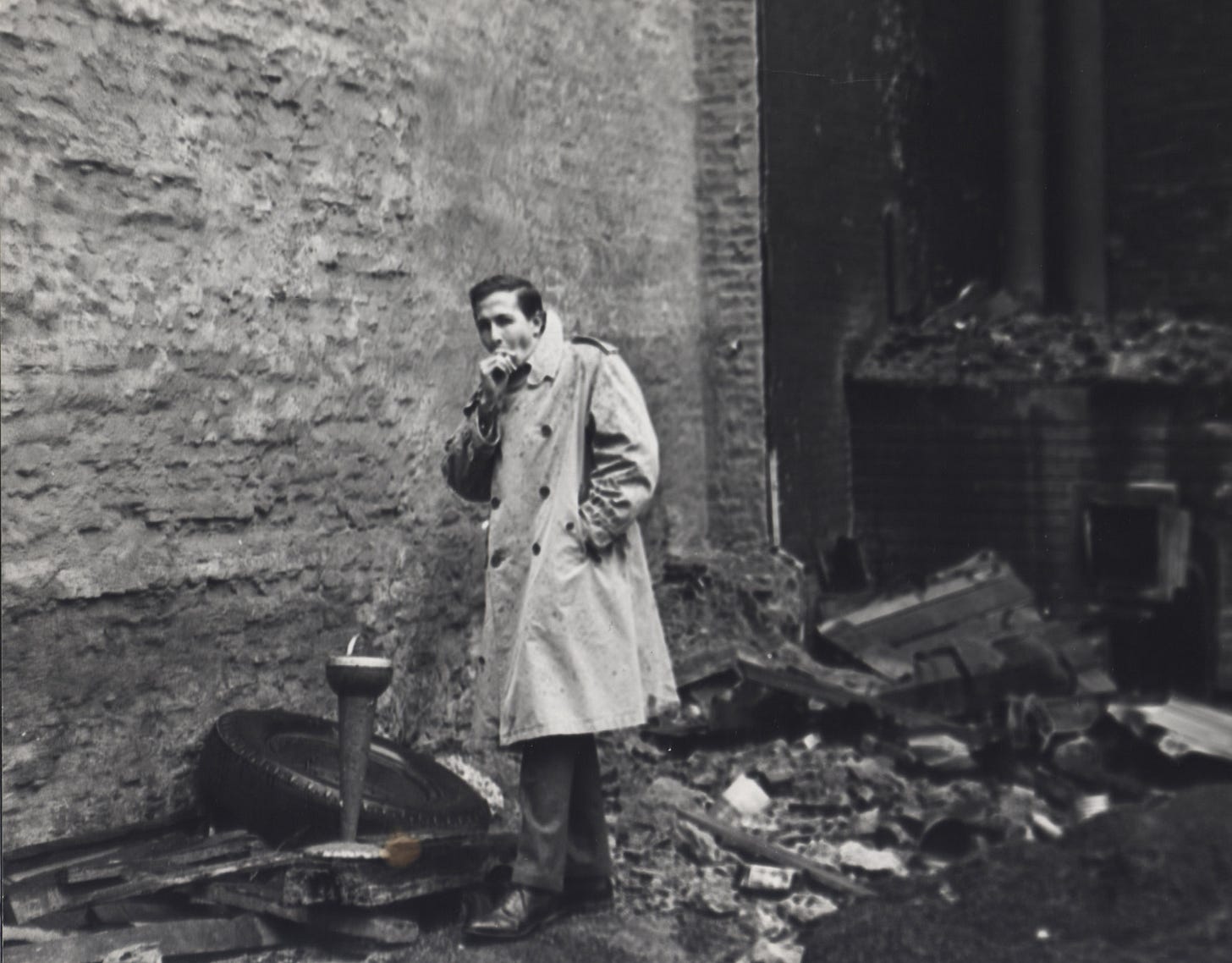


Works Cited:
Baldwin, James. Another Country. New York, Dial Press, 1962.
Tate. “Logic of Place.” Tate, www.tate.org.uk/art/artworks/lee-logic-of-place-p82122. Accessed 9 Oct. 2023.